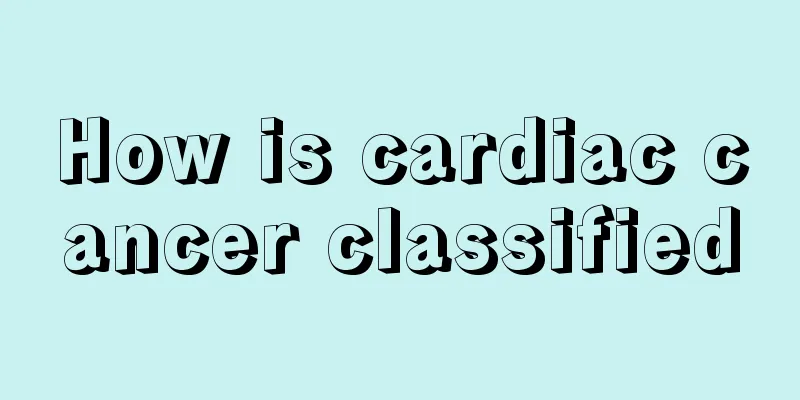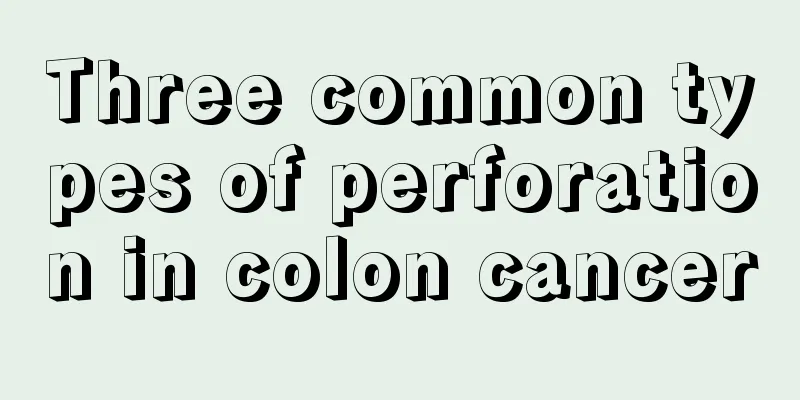Detailed introduction to the treatment of brain cancer

|
In recent years, brain cancer has become one of the major diseases that endangers society and human health, and it has brought great pain and distress to humans. In order to reduce the incidence of brain cancer, we humans should master the knowledge about the treatment of brain cancer. The following is a brief introduction to the relevant knowledge about the treatment of brain cancer: 1. Surgery For primary tumors, surgical resection is performed to remove tumor cells as completely as possible and avoid Resection of brain tumors is still the most common treatment mode. In surgical resection, studies have shown that the use of 5-aminolevulinic acid (5-ALA) to mark cancer cells and make them fluorescent can help improve the tumor resection rate. The product Gliolan (medac GmbH) has been approved for marketing in Europe. For some deeper tumors or tumors that cannot be removed by traditional surgery, stereotactic radiosurgery (Gamma knife, Cyberknife or Novalis Txradiosurgery) is also another surgical option. For benign tumors, the chance of complete surgical removal is higher, and the patient's survival rate is also higher. For example, cerebral or cerebellar astrocytoma, sella craniopharyngioma, ventricular choroid plexus tumor, etc., no radiation or chemotherapy is required, and the recurrence rate is low, but regular CT or MRI reexamination is required. Residual benign tumors that cannot be completely removed by surgery can be observed and tracked, or chemotherapy or radiation therapy can be used immediately. For common malignant brain tumors, such as degenerative astrocytoma, medulloblastoma, ependymoma, teratoma, etc., those that can be completely or nearly completely removed have a better prognosis, but radiotherapy and/or chemotherapy must be added to achieve the goal of controlling tumor growth. The survival rate of patients with primary brain tumors is significantly related to the type of tumor and the patient's age and physiological function, which will affect the patient's choice of treatment mode. 2. Chemotherapy Currently, chemotherapy for cancer has made great progress. However, due to the special structure of the blood-brain barrier (BBB) in the brain, chemotherapy for brain tumors is still subject to many limitations. Any chemotherapy drug can only pass through the vascular endothelial cells through the lipid solubility of the drug, and then enter the tumor cells to take effect. This pattern affects the speed and efficiency of the drug's action. 3. Radiation therapy Radiation therapy uses radiation or gamma rays or high-speed neutron rays to kill tumor cells. Brain cancer lesion diagram referred to as radiotherapy. Radiation therapy is the most common adjuvant treatment for tumors, and is usually started 1 to 2 weeks after surgery. Radiation therapy mainly uses the fact that tumor cells are sensitive to radiation and are easily damaged by radiation to kill tumor cells. Generally, the treatment takes about four to eight weeks, and the size of the irradiation range and the dose are determined based on the different tumor pathological diagnoses, degree of differentiation, and imaging medical examination results. Radiation therapy is an effective method for many malignant tumors and deep benign tumors that cannot be safely removed. Currently, radiation therapy has developed into a form-dependent or positioning method, including linear accelerator radiation therapy, gamma-ray positioning radiosurgery, photon knife, etc. However, some malignant brain tumors still require large-scale brain radiation therapy or whole-skull and spine radiation therapy. The above is the treatment method of brain cancer. In short, once diagnosed with brain cancer, you must have the courage to face the reality, maintain a good mental health, and actively cooperate with the doctor's treatment. At the same time, you should understand the necessary daily health care and preventive measures to avoid complications. It is recommended that patients and their families keep in touch with experts in this field and consult regularly to get the best health care. Brain cancer http://www..com.cn/zhongliu/na/ |
<<: Can brain cancer be cured?
>>: What is the examination knowledge about colon cancer
Recommend
Postoperative care for patients with laryngeal cancer undergoing total resection
Total laryngectomy is suitable for patients with ...
Can people wearing contact lenses take a hot spring bath?
People with myopia who don't want to wear fra...
Things to note before eyelash transplantation
Some women love beauty and always like to have pl...
What causes sweating all over the body
Sweating when the weather is hot is a normal thin...
Is the soybean and carrot method for increasing height effective?
Everyone loves beauty. If we want to make our bod...
The dangers of washing your hair every morning
Washing your hair is a habit that requires hygien...
How to remove the urine smell in the house, these methods can easily remove the smell
There is a smell of urine in the house. I believe...
What are the causative factors of prostate cancer
There are many types of male diseases, and many o...
What causes high blood transaminase?
High levels of transaminase in the blood are very...
How is small cell lung cancer generally treated?
Small cell lung cancer is caused by smoking, whic...
What to do if you have bad breath after eating garlic
Bad breath occurs after eating garlic, and this p...
What is the cause of tinnitus and ear swelling
When the ears are exposed to excessive external s...
What are the various ways to tie a ponytail for straight hair
In order to make their children more lovely, pare...
What should I do if my mouth is protruding?
Protruding mouth is a common problem for many peo...
When is the walnut ripe?
Walnut is a very common nut in daily life. Walnut...









